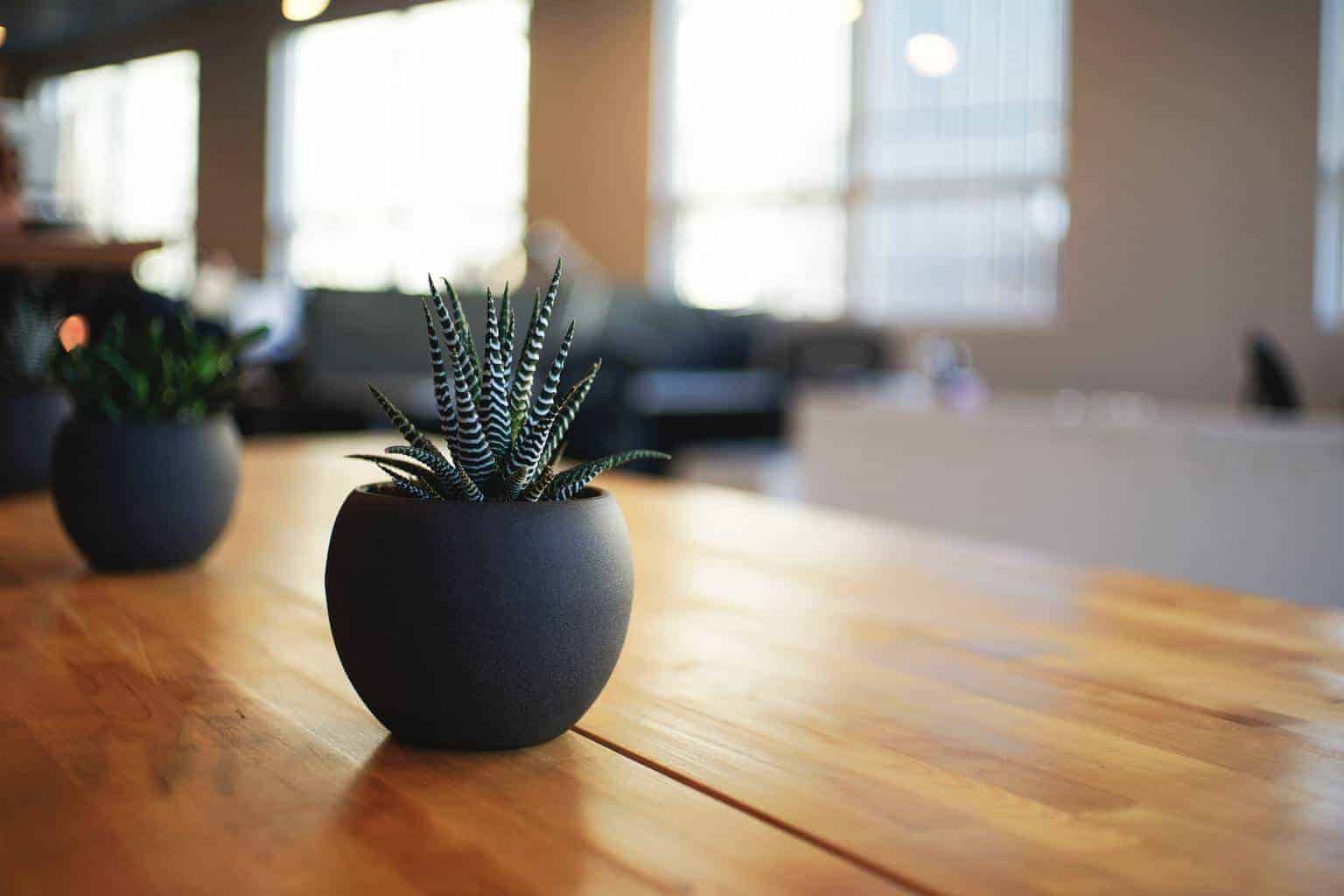Do you want to make improvements or additions to your home but aren’t sure how to fund the project? Several options are available, but it can be challenging to determine which is best for your financial situation.
This guide covers popular funding sources for home improvement projects. It also introduces a viable alternative that can give you even more borrowing power.
What is the Best Type of Loan to Finance You Home Renovation Project
Below is a breakdown of each option, along with an explanation of why it may or may not be the best option to pay for home renovations or additions.
Home Equity Loan
What Is a Home Equity Loan?
A home equity loan is a second mortgage that lets you tap into your home’s equity to get cash. Most lenders extend loans between 80 percent and 90 percent of your home value minus the outstanding mortgage balance. So, if your home is worth $425,000 and you owe $365,000 on your mortgage, you could qualify for a home equity loan of up to $17,500 ($425,000 * .90 – $365,000).
You’ll receive the loan proceeds in a lump sum and make monthly payments over a set period, usually between five and 20 years. Also, the interest rate is fixed, so the payments will remain the same for the duration of the repayment term.
Should You Use a Home Equity Loan for Home Improvements?
Home equity loans are a popular choice for homeowners seeking to fund home improvements. However, they’re only feasible if you have enough equity built up in your home. Otherwise, you likely won’t qualify for the amount you need.
Home Equity Line of Credit (HELOC)
What Is a HELOC?
Home equity lines of credit (HELOC) are similar to home equity loans, but you won’t get the funds in a lump sum. Instead, the lender will place the amount you’re approved for in an account that you can make withdrawals from during the draw period. You’ll only make interest payments on the amount you borrow during this window. But when it ends, you’ll be responsible for principal and interest payments on the remaining balance. Also, note that the interest rate is variable, which means the monthly payment could fluctuate over the repayment period.
Should You Use a HELOC for Home Improvements?
Like home equity loans, HELOCs may not be the best fit if you haven’t been in your home long and have very little equity built up to qualify for a sizable amount. On the flip side, you can borrow as little or as much as you need, giving you the ability to control how much debt you incur and the payment amount.
Cash-Out Refinancing
What is Cash-Out Refinancing?
A cash-out refinance is another way to use equity to fund home improvements. It’s slightly different from a home equity loan or HELOC, though. Many lenders let you pull out up to 80 percent of your current home value minus what you owe on your mortgage. But instead of giving you a second mortgage, the amount of equity you pull out is rolled into your existing mortgage balance.
To illustrate, assume your home is worth $475,000, and you owe $265,000 on your mortgage. If the lender approves you for a cash-out refinance at 80 percent of your property value, you will get $115,000 in cash at closing ($475,000 * .80 – $265,000). Your current mortgage will be replaced with a new home loan of $380,000, which is your existing balance and the amount of equity you pull out ($265,000 + $115,000).
Should You Use Cash-Out Refinancing for Home Improvements?
Again, you may not have enough equity built up in your home to qualify for a cash-out refinance. Furthermore, you will extend your repayment term. You could end up with a higher interest rate and a more steep mortgage payment that stretches your wallet thin.
Personal Loan
What Is a Personal Loan?
A personal loan is either an unsecured or secured debt product payable in equal monthly installments as the interest rate is fixed. But if you choose a secured personal loan, you will have to put up collateral in the form of an asset to get approved. Consequently, defaulting on loan payments means your assets could be at risk.
Should You Use a Personal Loan for Home Improvements?
Personal loans generally aren’t recommended for home improvements as the repayment periods are shorter, and the interest rates are higher. So, you could get an unaffordable monthly payment. There’s also a chance you won’t get approved for the amount you need to cover project costs.
Credit Card
Should You Use Credit Cards to Finance Home Improvements?
Credit cards should only be used as a last resort since the interest rates are quite excessive. And if you’re only able to make the minimum payment, you could be stuck with a mounting balance debt for several years to come.
For example, if you spend $20,000 on a card with an 18 percent interest rate, your minimum monthly payment will be roughly $500. Furthermore, you’d spend $9,423.25 on interest over 411 months before paying the balance in full.







